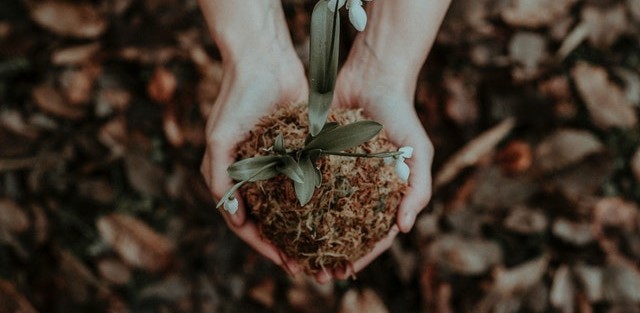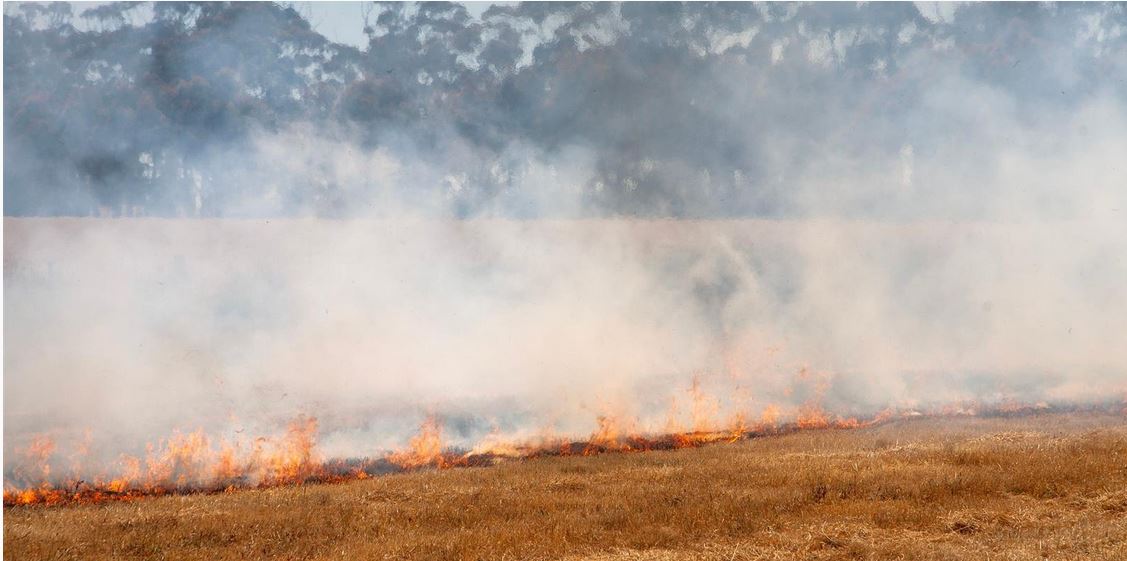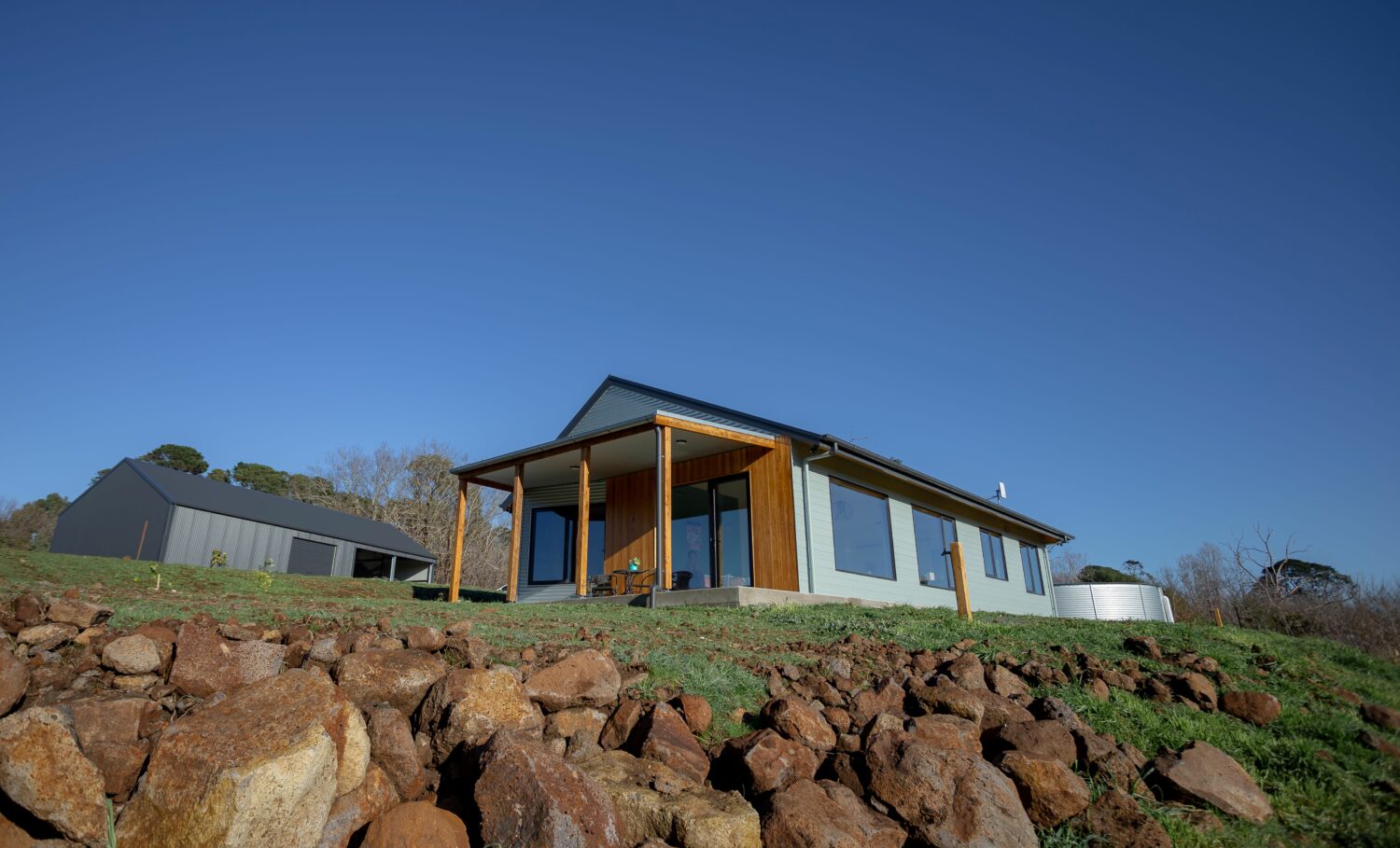October 8th, 2021Glen, about the house
SPRING persists, even if it’s only vacillating between icy rain and those fleeting wind-cooled sunny spells.
At least the soil is being kept moist and friable, a bonus for newly-planted or awakening plants. And the worms are having a time of it, going about their business, cultivating the soil and recycling and distributing the mulch and compost into precious plant food for us.
On the bright side, our shrubs and trees are quietly bursting into new growth, especially noted are the deciduous varieties, with their multi-coloured clusters of new leaves and flower buds in gardens and footpaths everywhere. They are all just itching for the first real warm weather to really get on with the business of growing and flowering.
In the meantime it’s a matter of dodging the showers to grab some time to tend to things.
For a start, the roses. Now that spring growth is under way and roses bushes are a mass of new bronze and dark green leaves, it’s time to give them a good feeding to push them along. And, for that matter, all of your shrubs. The winter rains would have leached most of the plant nutrients down from the topsoil and out of reach of the hungry, searching new roots, so consideration will have to be given to replenishing these as soon as possible to have a good crop of new growth and blooms this summer.
The plant foods most needed are nitrogen, phosphate, potash and calcium. The organic plant foods provided by mulching and top-dressing with well-rotted compost and animal manures will usually play their part in providing for most of their needs, but in some situations, such as sandy or alkaline soils, it can pay to provide the extra boost of a complete fertiliser.
The mulching materials dug in during autumn should now be replaced. Rotted compost, leaf mould or animal manures can be used just as they are. Pea or wheaten straw are good also, but with those it may be necessary to replace the nitrogen that will have leached out of the straw during its rotting-down process.
Camellias, azaleas and rhododendrons, being surface-rooting plants, will especially need this care because they will suffer more than most from the leaching effect of the winter rains.
They also suffer very badly when the soil is alkaline or heavy clay which locks up the much-needed nutrients. In these circumstances the plants will respond to a dressing of iron chelates or sulphate of iron. This would also be a good time to give them a light tidying trim to remove any dead or spindly wood.
Hydrangeas will be entering a critical stage in their growing year as the hot weather approaches. It is important that they are never allowed to dry out once their flower buds begin to form. If they are left to dry and wither for any length of time from now until summer, their flowers may be lost for this season. To be on the safe side, cover the soil around each plant with a good, thick layer of organic mulching material and water regularly.
Spring is also clean-up time for citrus trees. Time to remove weak, spindly growth and dead wood from the tree. As citrus trees grow, they tend to accumulate dead, woody twigs and light growth towards the centre of the tree. By using a sharp pair of secateurs and a little patience, you can open up the centre of the tree and allow ample sunlight in, thus preventing the buildup of moulds, fungus diseases and insect pests that normally thrive on weak, shaded growth.
Got a gardening question? Ask Glen at glenzgarden@gmail.com










